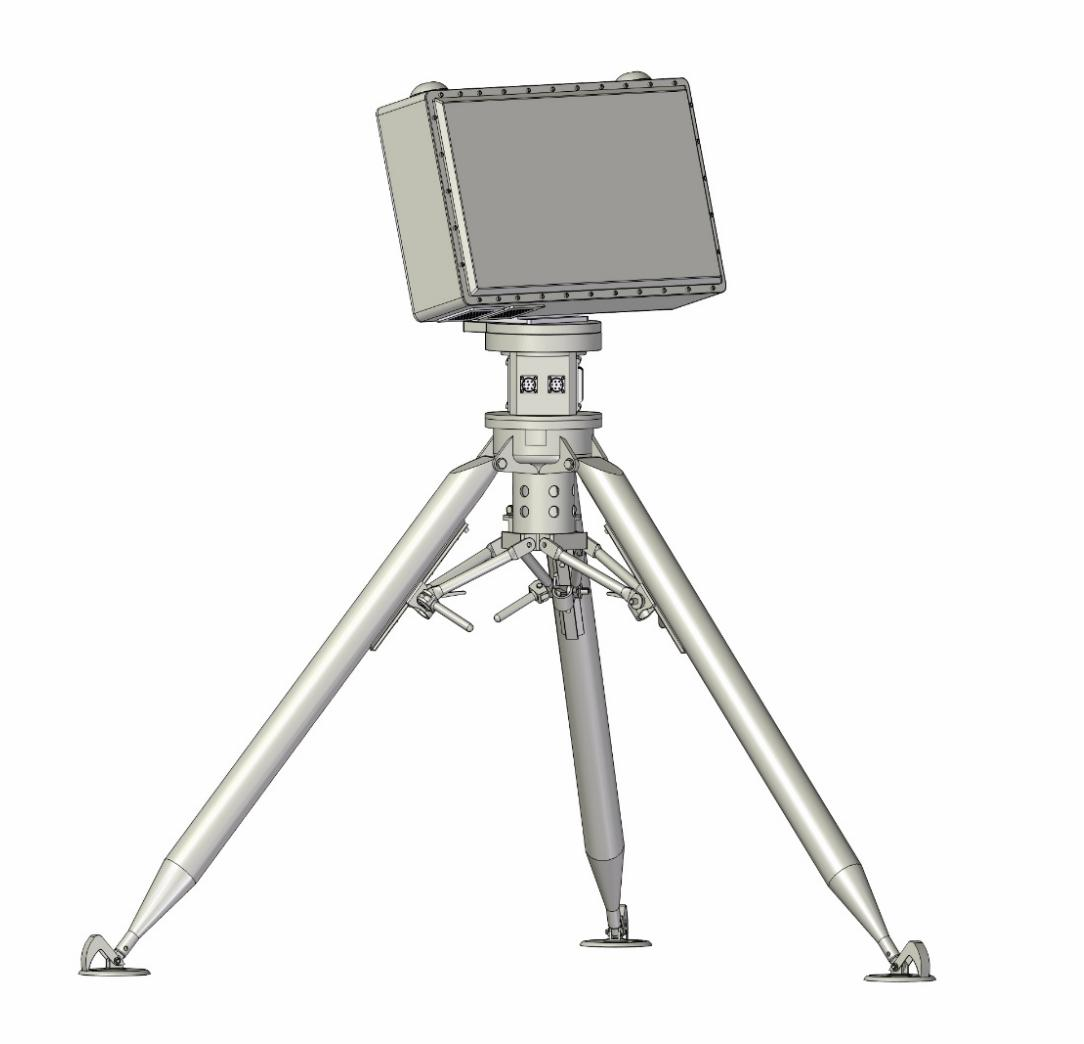Low-altitude surveillance radar technology has witnessed remarkable advancements in recent years, revolutionizing the way we monitor and track objects in the airspace, on land, and at sea. This article explores the cutting-edge developments in this field, highlighting their significance in enhancing security, safety, and situational awareness. From airborne and ground-based radar systems to coastal, border, weather, and urban surveillance radars, these advancements have paved the way for more efficient and effective monitoring capabilities.

The Origin of Low Altitude Surveillance Radar Technology
The roots of low-altitude surveillance radar technology can be traced back to the early 20th century when scientists and engineers first discovered the potential of radio waves for object detection. Landmark contributions by pioneers like Sir Robert Watson-Watt and Christian Hülsmeyer laid the foundation for modern radar systems. These early radar systems, although limited in range and resolution, provided invaluable insights into the possibilities of remote object detection.
Evolution of Low-Altitude Surveillance Radar
Over the years, significant technological advancements have propelled low-altitude surveillance radar to new heights. Improved signal processing techniques, higher-frequency bands, and advanced antenna designs have resulted in enhanced resolution and target detection capabilities. Additionally, the integration of sophisticated algorithms, machine learning, and artificial intelligence has enabled radar systems to adapt to complex environments and distinguish between different types of objects accurately.
Types of Low-Altitude Surveillance Radar
Low-altitude surveillance radar encompasses various types, each tailored to specific applications. Airborne surveillance radar systems, mounted on aircraft, offer unparalleled aerial monitoring capabilities, crucial for military operations, border control, and search and rescue missions. Ground-based radar systems provide comprehensive coverage for land-based surveillance, such as perimeter security, air traffic control, and weather monitoring. Coastal and border surveillance radars play a vital role in safeguarding maritime borders and detecting unauthorized vessels. Weather surveillance radars aid meteorologists in tracking storms, monitoring precipitation, and providing early warnings. Urban surveillance radars are designed for city environments, facilitating traffic management, security monitoring, and crowd control.
Key Technological Innovations
Several technological innovations have propelled the advancements in low-altitude surveillance radar. Phased-array antennas, capable of electronically steering the radar beam, offer rapid scanning and improved target tracking. Digital beamforming techniques enable adaptive beam shaping, enhancing radar performance in cluttered environments. Software-defined radar empowers radar systems with flexibility, enabling quick reconfiguration and adaptability to changing operational requirements. Multi-static radar systems, utilizing multiple transmitter and receiver nodes, provide enhanced detection capabilities and resistance to jamming.
Emerging Trends and Future Outlook
The future of low-altitude surveillance radar technology holds immense potential. The integration of radar with other sensor systems, such as LiDAR and cameras, enables multi-sensor data fusion, enhancing situational awareness and object classification. Advancements in data analytics and machine learning algorithms enable faster and more accurate target identification and tracking. The use of unmanned systems, including drones and unmanned surface vessels, equipped with radar sensors, expands the reach and capabilities of low-altitude surveillance.
Advancements in low-altitude surveillance radar technology have transformed the way we monitor and track objects in various domains. These technologies have significantly enhanced security, safety, and situational awareness in applications ranging from military operations and border control to weather monitoring and urban security.
As research and development continue to push the boundaries of radar technology, we can expect even more exciting advancements that will further elevate the capabilities of low-altitude surveillance radar systems. With their ability to detect, track, and analyze objects in real-time, these radar systems will continue to play a pivotal role in ensuring a safer and more secure future.
Thank you for exploring the latest advancements in low-altitude surveillance radar technology with us! On our website, you'll find detailed information about our state-of-the-art low-altitude surveillance radar systems, including their features, capabilities, and applications. Whether you're in the defense industry, aviation sector, or any other field that requires robust surveillance capabilities, our website has the information you need.
We invite you to visit our website and explore our range of products in depth. Discover how our low-altitude surveillance radar technology can enhance situational awareness, improve safety, and provide critical insights for your specific needs. Click mskyeye.com to visit our website and take the next step in advancing your surveillance capabilities.

